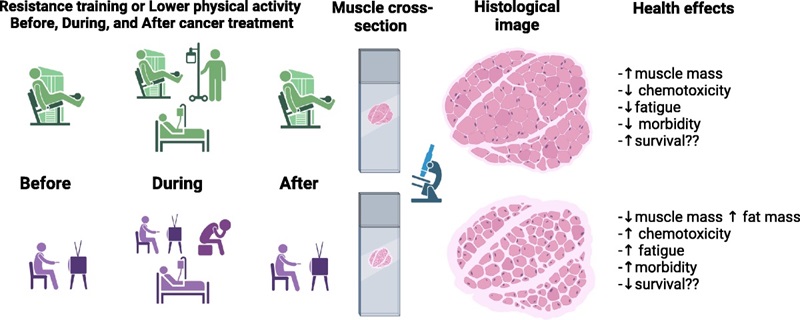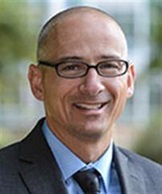by
Caitlin Kinser
| Mar 30, 2023
Here we are in early 2023, and Exercise, Sport, and Movement (ESM) is beginning to roll. ESM came into existence at the start of 2022—we put together an editorial team in the late spring and summer, and we began accepting submissions in the early fall. It has been a whirlwind, yet we met our initial goal of publishing at least one paper before the end of 2022, thanks to Stu Phillips and colleagues! As ESM moves into its second year of existence, our editorial team is busy getting papers reviewed, our managing editor is moving accepted papers through to production to get them published, and now with multiple published articles, ESM is beginning to take its place among other ACSM journals as a go-to publication outlet, particularly for those needing or wanting their research in an open-access journal.
We are excited that ESM’s first published paper was a graphical review. Graphical reviews are a unique feature of ESM, shepherded by one of the journal’s esteemed associate editors, Dr. L. Bruce Gladden, who conceived the idea while he was Editor-in-Chief of Medicine & Science in Sports & Exercise. I am forever grateful to Dr. Gladden for bringing his expertise and passion for graphical reviews to ESM. While they do include text as well, graphical reviews tell a story with images. Authors use two to four cleverly designed graphics to convey a concept or idea, appealing to a wide, non-specialist audience. In his own words, Dr. Gladden discusses the value and uniqueness of graphical reviews: “Graphical reviews are a type of review structure that summarizes an area in a way that is easily accessible to both students and established researchers who are new to a field. Additionally, I think the illustrative nature of these reviews will make them extremely useful to educators who may want to integrate them into their lectures.”
ESM’s first graphical review by Dr. Phillips and colleagues presents evidence that resistance training (RT) can elicit similar health benefits to aerobic training (AT). The review emphasizes that RT benefits can be achieved by lifting lighter weights rather than only heavier weights, and that combining RT and AT may yield greater health benefits than performing either exercise exclusively. Excitingly, this paper has garnered a lot of attention, especially on social media, which might speak to the broad appeal of graphical reviews.

The early interest in ESM has been strong, which portends great things to come. We are ready to publish many more articles in 2023 and beyond.
Learn more about ESM and submit your article
Check out all ESM articles
 Gary Liguori, Ph.D., FACSM, is the Provost and Senior Vice President at the University of West Florida in Pensacola, Florida. He is the inaugural Editor-in-Chief of ACSM’s new open access journal, Exercise, Sport, and Movement.
Gary Liguori, Ph.D., FACSM, is the Provost and Senior Vice President at the University of West Florida in Pensacola, Florida. He is the inaugural Editor-in-Chief of ACSM’s new open access journal, Exercise, Sport, and Movement.